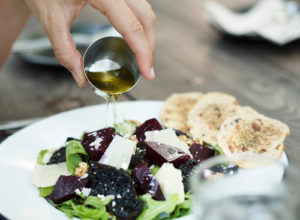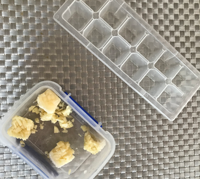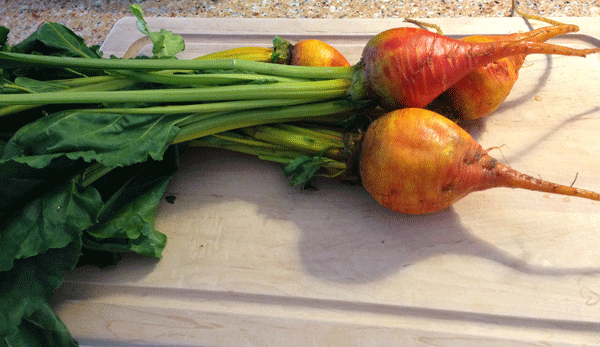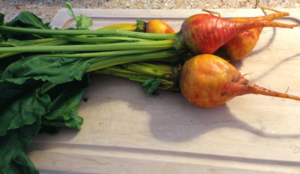The vast majority of packaged foods have some kind of additive or preservative to give them a longer shelf life. And I’m not even talking about the bad processed food that all of you know by now is unhealthy. I’m talking about pre-packaged food that you might think is “safe,” such as olives, cereal, spinach wraps, or canned tuna fish.
I challenge you to read the label and see if you can find a product that doesn’t have an ingredient that ends in -ate, -ite, -ade, or -ide. Also anything with artificial colors, sweeteners (especially artificial), and BHA and BHT. These are all chemicals that are added to food to give them a longer shelf life.
But at what expense? Nitrates and nitrites have been linked to both cancer and Alzheimer’s. Bromide can build up in your central nervous system and cause mental health issues. Bromine depletes iodine which can damage your thyroid by affecting your T3 and T3 hormones.
Additives take many names and are used for many reasons. Not all of them are harmful to everyone, as each of our bodies have varying capacities to adapt to environmental factors. But unless you know what your body can and can’t fight off effectively, you’ll want to avoid these additives wherever you can.




